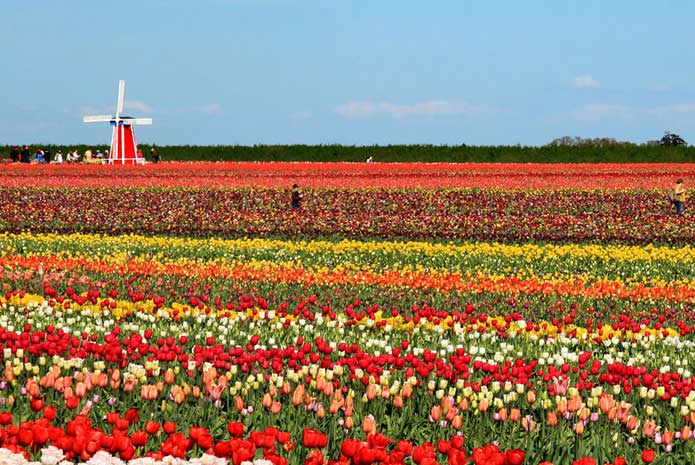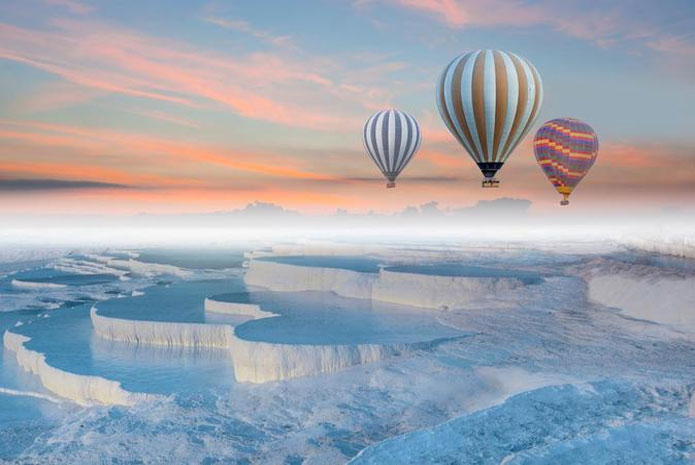The English Channel simply known as the Channel, is a bay of the Atlantic Ocean that separates northern France from Southern England. It is about 348 Miles long and differs in width from 149 Miles at its widest to 20 Miles in the Strait of Dover. Today, it is a standout among the most requesting and busiest transportation passage on the planet. It is the smallest of the shallow seas around the continental shelf of Europe around the mainland rack of Europe, covering a zone of around 29000 square Miles. It is a minimal shallow with an average depth decreases from 400 to 150 feet between the Calais and Dover. The Channel Tunnel is 31 Miles rail tunnel underneath the English Channel at the Straits of Dover that joins France with England. Despite of the fact that the English Channel is a highlight of outstanding logical investment and tidal developments, its location has issued extreme significance over hundreds of years, as a route and a boundary. It is also a barrier to the people of Britain and the development of current Europe.
Origin:
The English Channel is the aftereffect of a structural down collapsing dating from around 40 million years back. As the last Ice Age worsened around a 10,000 years back, new water bodies were made. The English Channel and Irish Sea would at last pick up from this activity. The English Channel has been shaped by the effect upon its rock strata of many forces such as weathering, erosion, sea-level changes, and contemporary erosion. The English Channel was a safeguard to Ireland and Britain from foreign raiders, like the German Force at the period of World War II. The English Channel is an inlet of the Atlantic Ocean, and it sets apart the island of Britain from northern France and connects the North Sea. The Roman Legions traveled across the threatening English Channel in the year 43 AD.
Tourism:
Brighton and Deauville, the coastal resorts of the Channel, started an age of aristocratic tourism during the beginning of 19th century, which evolved into the seaside tourism that has created resorts around the world. Short trips beyond the Channel for leisure purpose are frequently mentioned to as Channel Hopping.
Interesting Facts:
- On 6th May 1994 the Channel Tunnel was formally opened.
- It comprises of three tunnels. Two of the running tunnels carry the trains and a middle tunnel is used as a secondary. The diameter of the ‘running tunnels’ is of 24-feet which is almost equal to three story building.
- The northern running tunnel transports passengers are from England to France and the southern passengers from France to England.
- To travel the Channel Tunnel , it takes 35 minutes. Depending upon which hour of the day and the dimensions of your vehicle, the tickets are priced. As of 2010, prices for a normal car ranged from approx $78 to $120.
- The Channel Tunnel is 50.45 km long, with 39 km situated below water. There are three main tunnels that travel between Great Britain and France, including many small tunnels.
- The Channel Tunnel project was initially estimated around $3.6 billion, however at the time of completion the cost went over $15 billion.
- More worried of both invasions and of rabies, the Britain had never thought that thousands of illegal immigrants would make use of the Channel Tunnel to set foot onto the United Kingdom. A lot of other security devices have had to be fixed to try to discourage and stop this large incursion of illicit immigrants.
Europe Tour Packages, Travel | Europe and UK Tour Package, Europe and UK Holiday Packages – Europe and UK Holidays, Tourism Packages in India



























